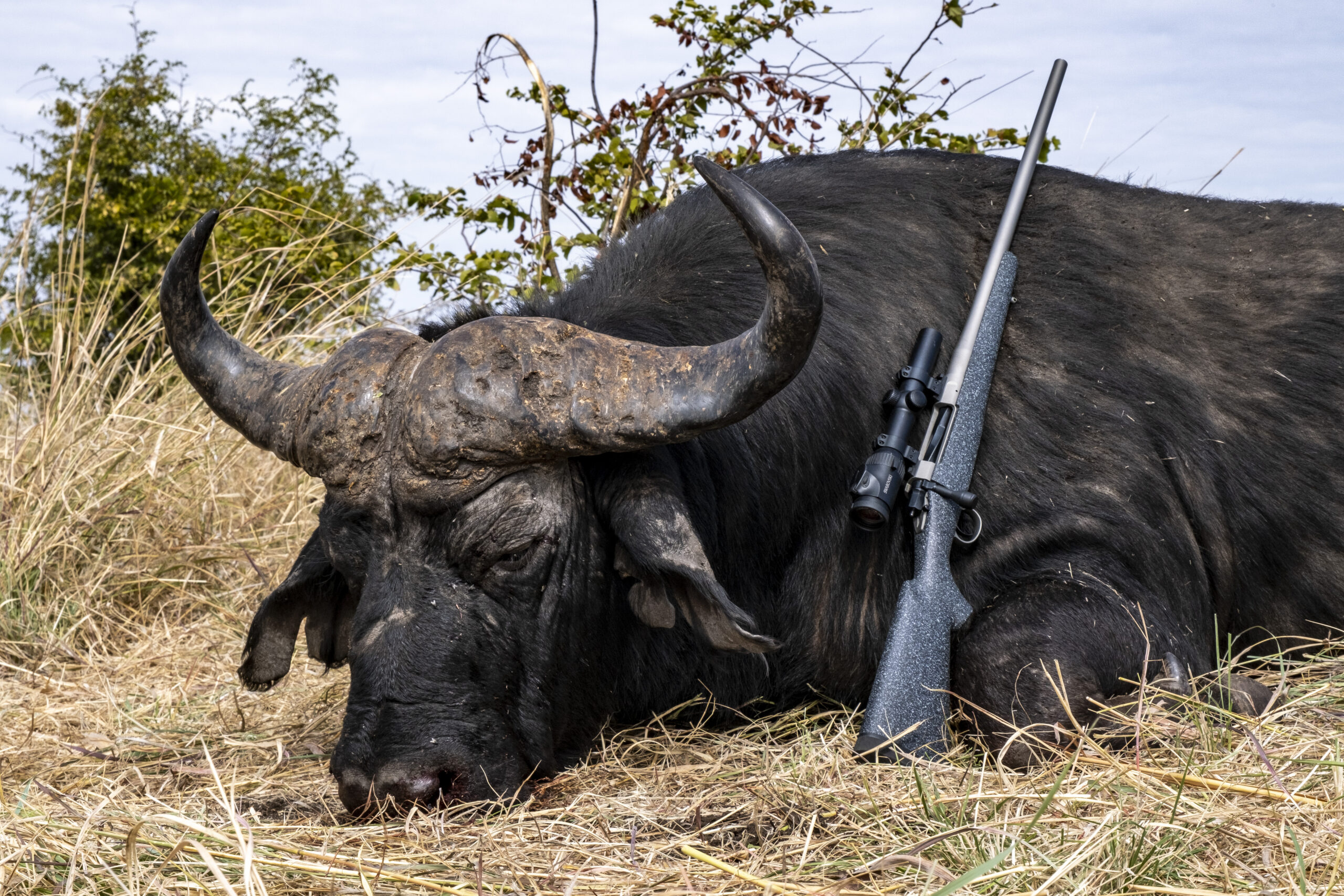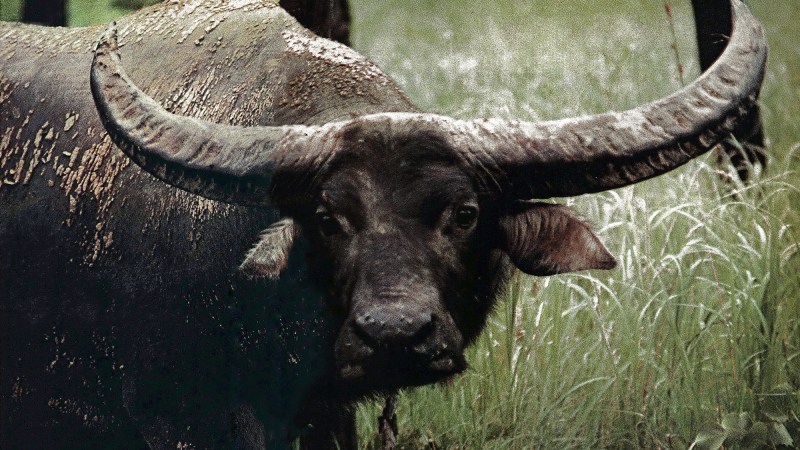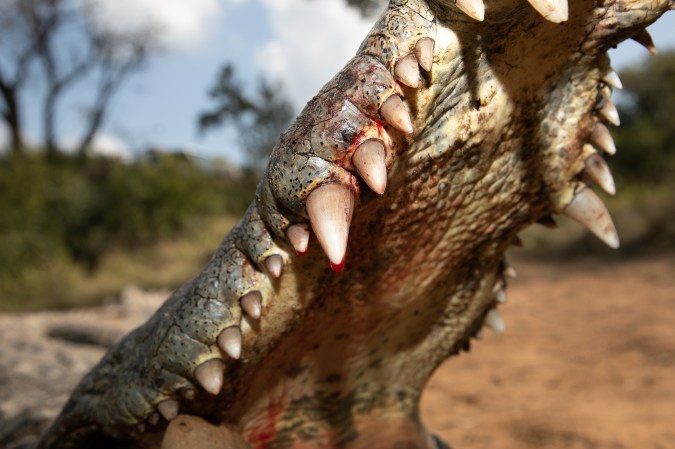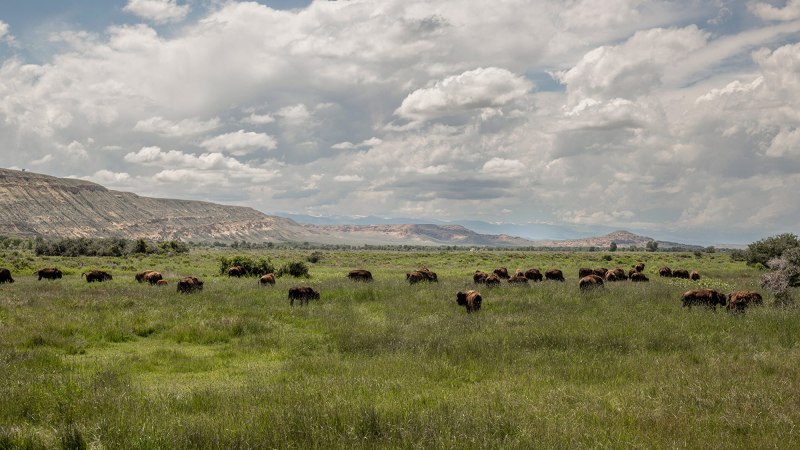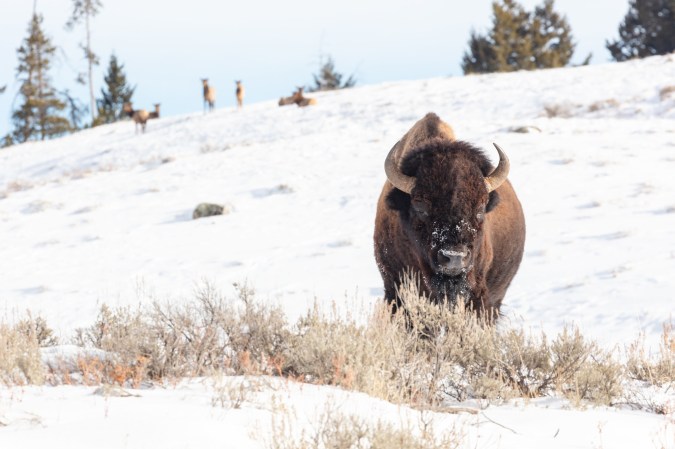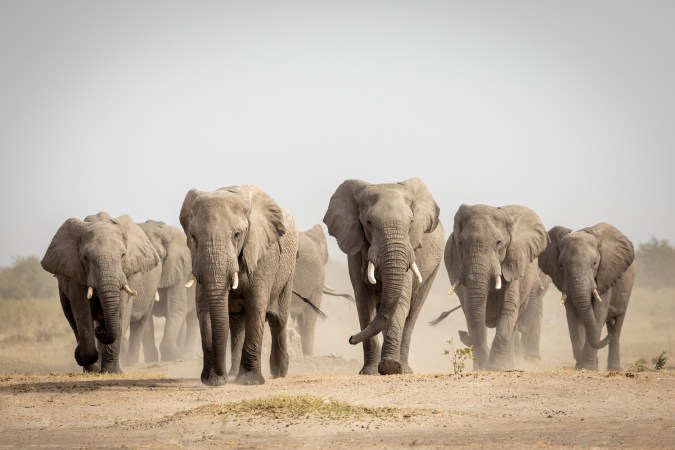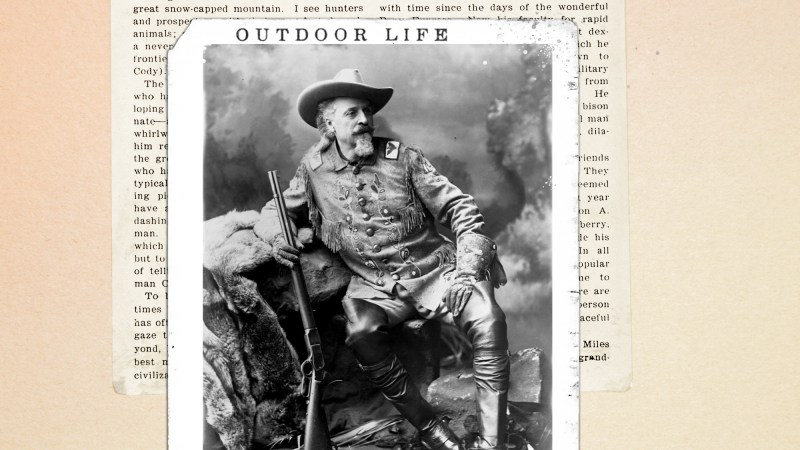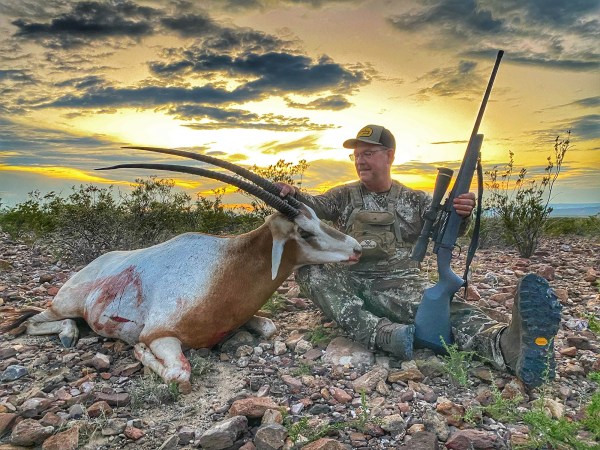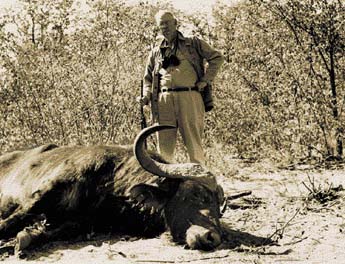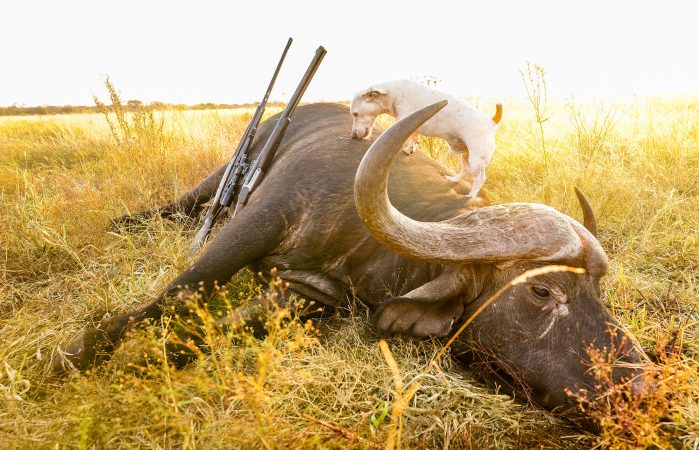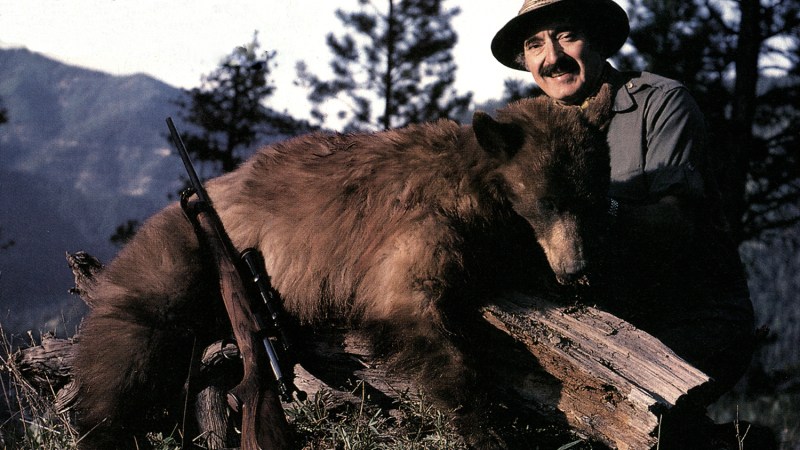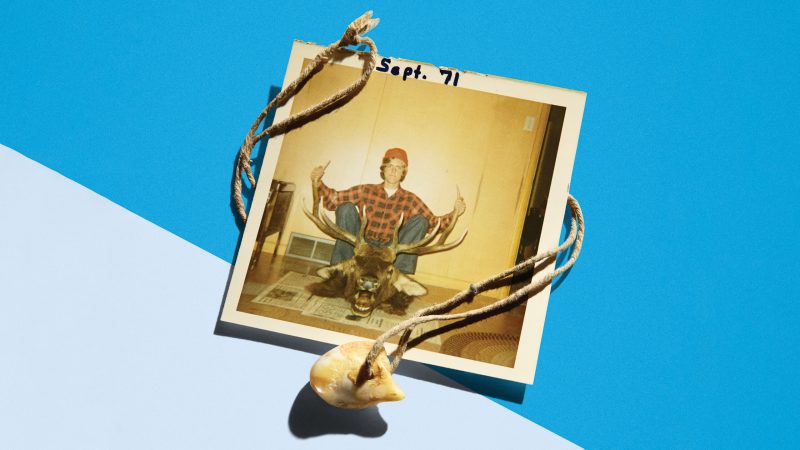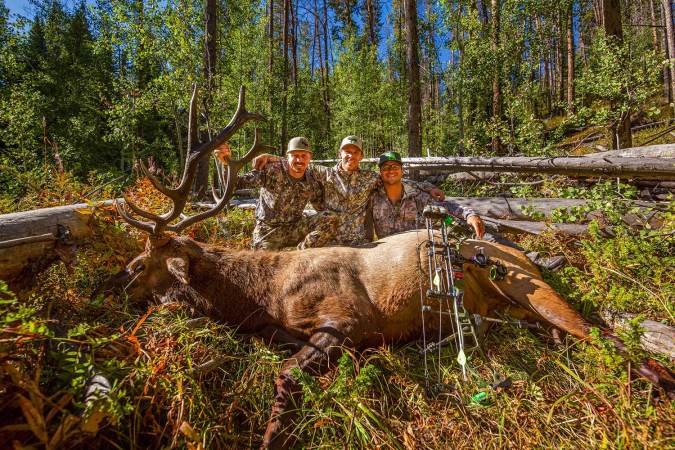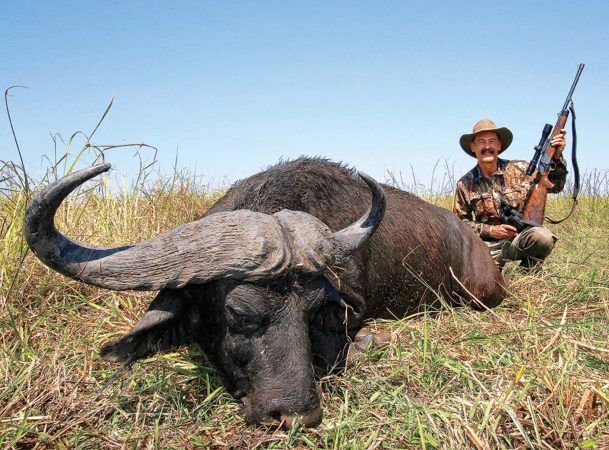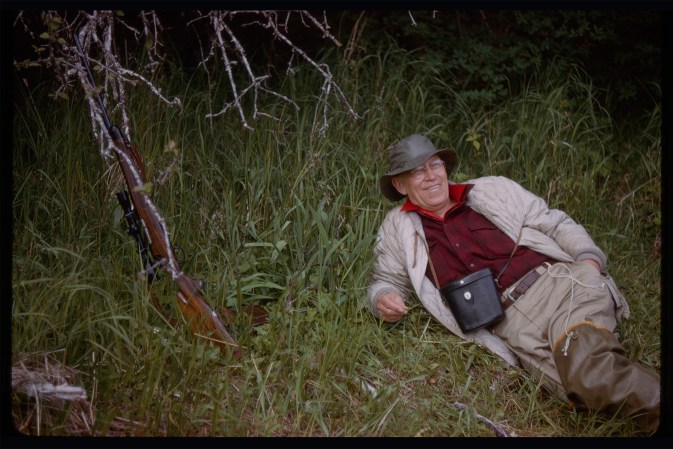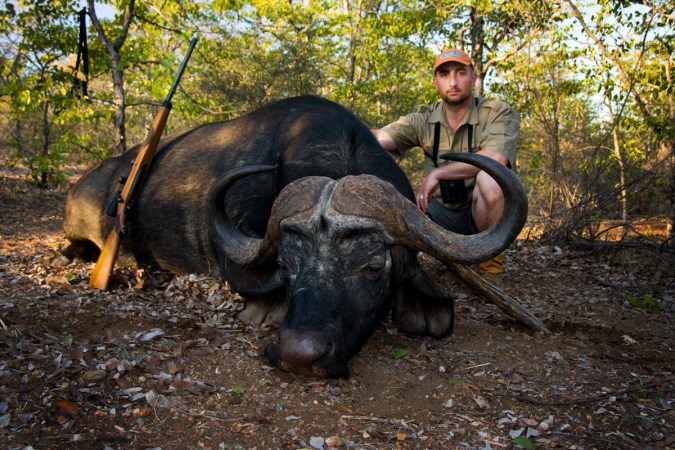VICTORIA FALLS, a cataract of unimaginable proportions and one of the seven wonders of the world, was first documented for the West by Dr. David Livingstone in 1855, who named the spot in honor of his favorite monarch. The locals, of course, had known about the place for some time before the Bible-thumping doctor stumbled on the scene. They call it Mosi-Oa-Tunya — the Smoke That Thunders.
That description fits. From quite a distance you can see a plume of mist rising high above the surrounding dry woodland, and you hear the roar of the falls long before you glimpse the mighty Zambezi, whose rushing waters divide the countries of Zimbabwe and Zambia.
At the edge of the precipice, the falls are deafening, the roar more felt than heard as it shakes your body from bow to stern. It dwarfs Niagara Falls. It gives one perspective.
It’s not the only natural wonder in this area to have that effect. About an hour’s drive from the falls, over rutted and rocky roads that only a four-wheel drive can navigate, is another river: the Matetsi. In most places you can skip across the Matetsi, going from rock to rock, without getting your feet wet, and the placid flow of its clear waters brings to mind a gentle trout stream, the raging Zambezi’s aquatic opposite.
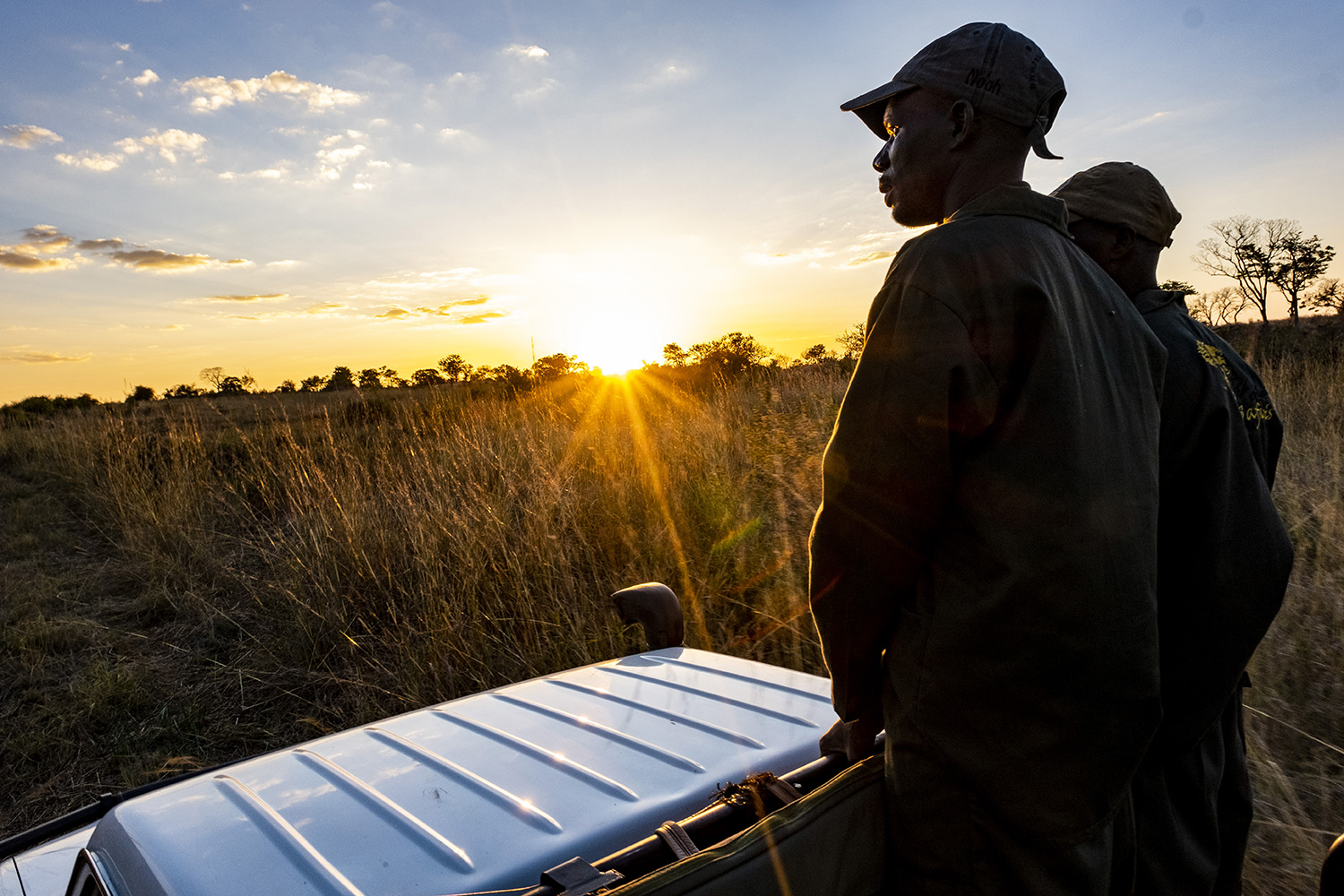
But there is thunder along the Matetsi too. It stands on four legs, measures 11 feet at the shoulder, and, unlike Vic Falls, which you have to walk up to, this thunder will save your legs the trouble and charge right to where you stand and turn you into a greasy spot on the dark-red, dusty soil if you don’t keep your wits about you.
Maintaining your composure as a furious elephant matriarch trumpets in anger and rushes toward you is no easy thing. But when you hunt the Matetsi you get plenty of practice. Elephant herds are everywhere, along with occasional solitary bulls. You don’t need the skills of a native tracker to know this. Every night, as the elephants make their rounds, they roll rocks and knock over trees, some of which end up blocking the roads I traveled in my guide Rob Lurie’s Land Cruiser.
“Bastards,” Rob said after stopping for the second time that morning to clear a large mopani from our path. He and the trackers hacked away at the rock-hard wood with hand axes and pangas. “Bastards,” he said again as the chips flew.
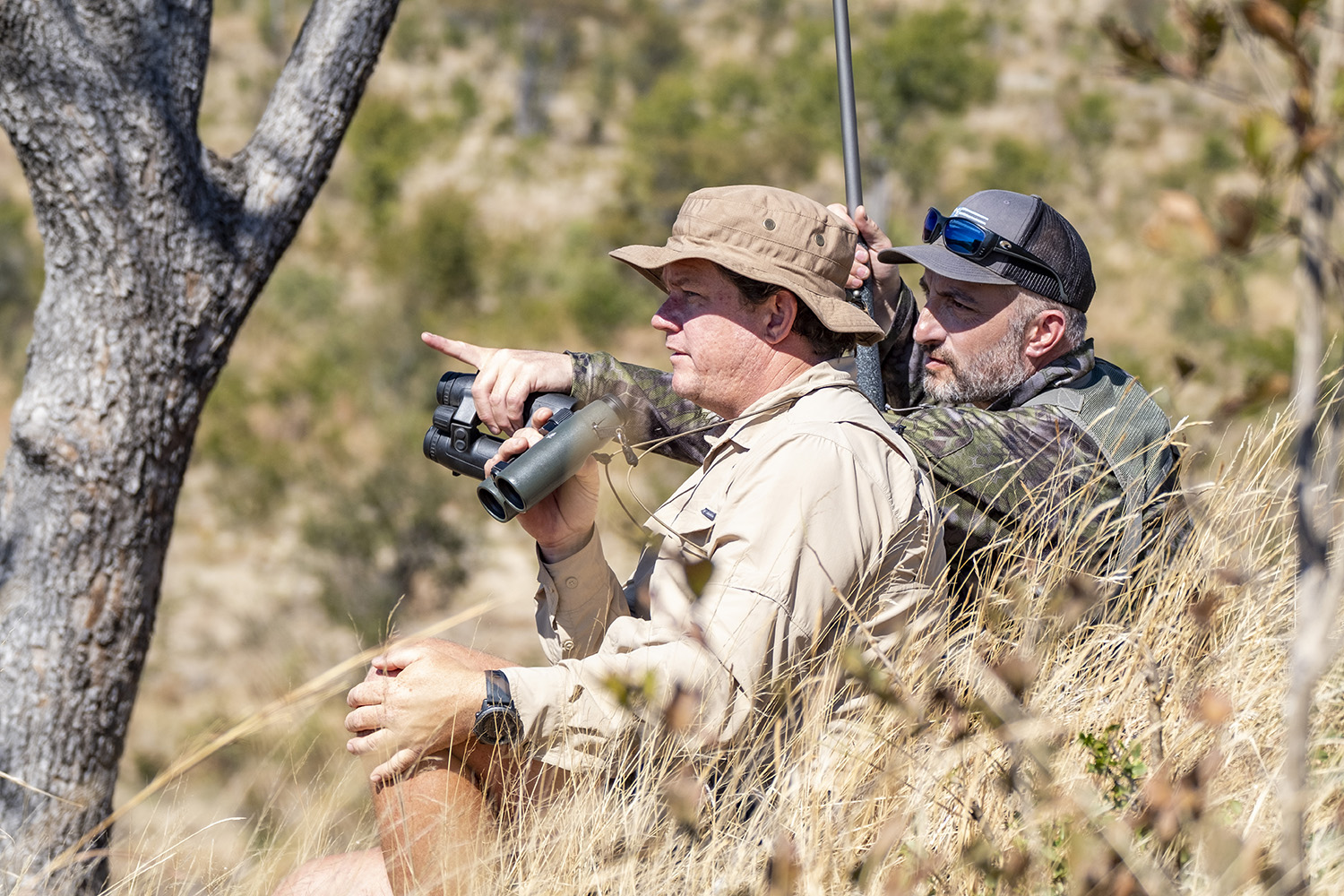
The Matetsi is one of the most storied safari areas in Africa. In addition to abundant elephants, it is known for its large herds of Cape buffalo — and for the lions that prey upon them. It’s authentic wild Africa. Not a fence to be seen.
I traveled here with John Nosler, Jeff Sipe, Garret Wales, and Justin Moore. I’ve been friends with this motley crew for many years, and the introduction of Nosler’s Model 21 rifle was all the excuse we needed to put together this hunt.

Zimbabwe’s Troubled Past
This trip was a mite different from the last time I visited Zimbabwe. That was 2003, and the country was a hellhole. Then-president Robert Mugabe — for all practical purposes a dictator — had driven Zimbabwe to the brink of ruin, largely to punish his domestic enemies. His primary targets were white farmers and members of the Matabele tribe — longtime rivals to Mugabe’s Shona clan. With his blessing, his followers violently seized the white landowners’ farms —killing many — and he instituted punitive policies that pushed the Matabele to the brink of starvation. The life expectancy of Zimbabweans plummeted from 63 for women and 54 for men to 34 and 36 years, respectively, during this time. Hyperinflation made paper currency all but worthless. People would literally weigh stacks of bills to pay for essentials, rather than try to tabulate their value.
But those numbers don’t tell the whole story. In 2003, I was in a three-vehicle convoy that crossed from South Africa into Zimbabwe at Beitbridge, a border town on the Limpopo River.
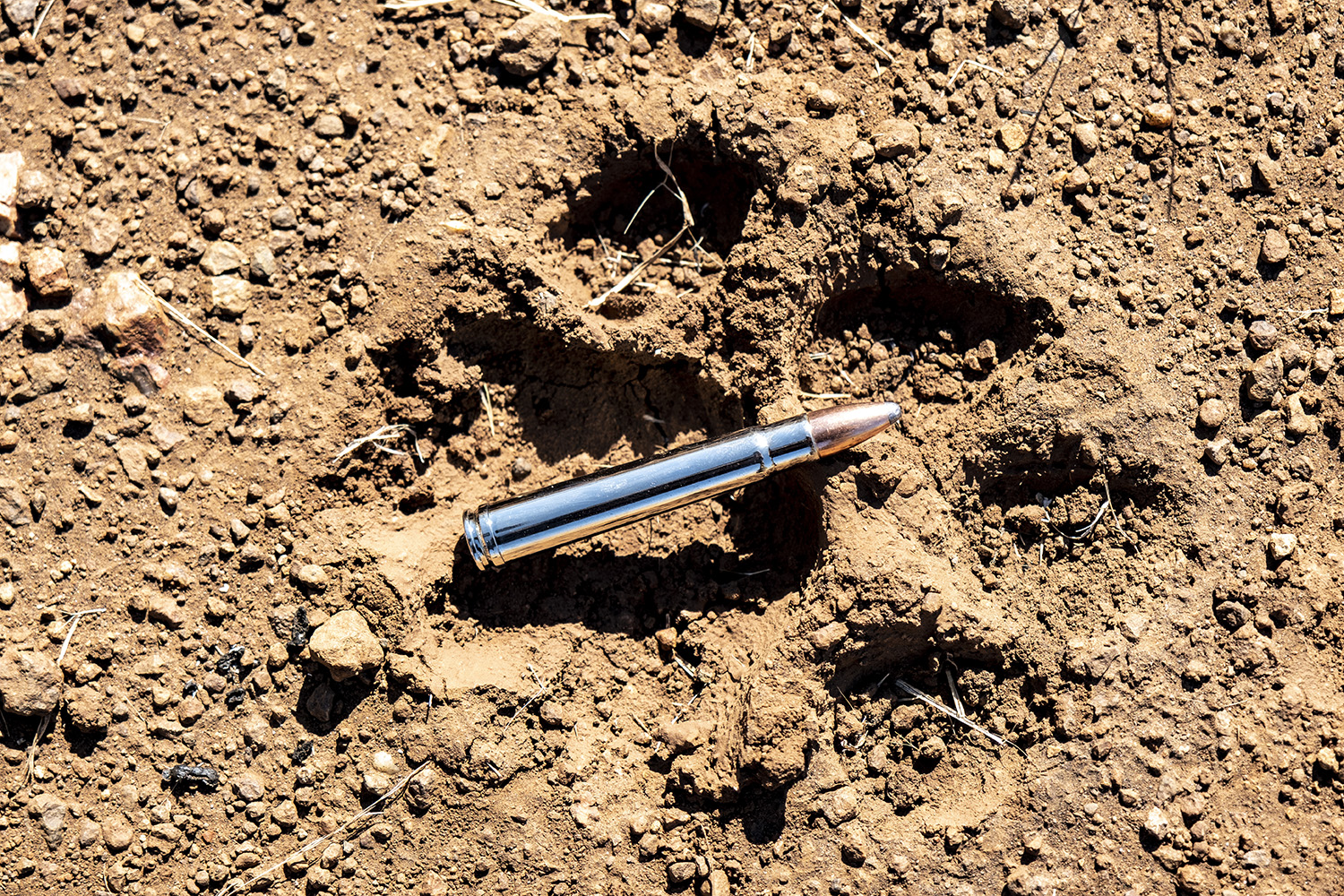
As the guards checked our papers, people on foot carried scraps of rusty metal and other bits of junk back into Zimbabwe. The police made us take two half-starved officers inland to another outpost, as they had no vehicles or fuel of their own.
We drove through the town of Bulawayo, Zimbabwe’s second-largest city and a stronghold of the Matabele. It was a nightmarish landscape of dust, misery, disease, and hunger. At a military roadblock on the edge of town, soldiers on an embankment tracked us with their scoped rifles while we bribed their compatriots with the haunch of an impala that we had shot the day before.
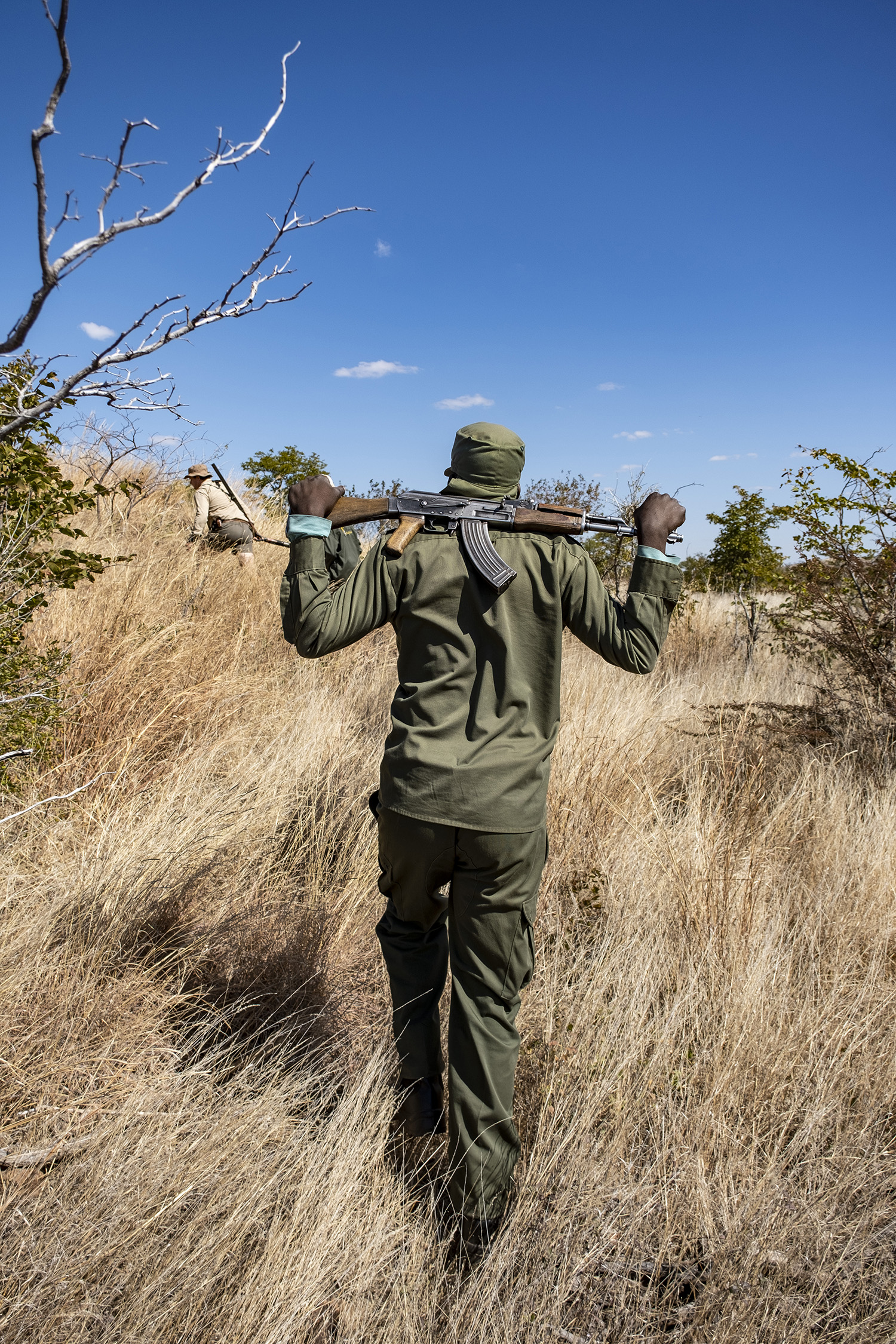
That night, as we drove up to Hwange National Park, some men tried to ambush us. They placed their truck at an angle across a dirt road in the middle of nowhere, trying to force us to stop. Our driver, a veteran of the Rhodesian Bush War, recognized the danger and floored the Land Rover’s gas pedal. He swerved to get around the truck, running over the would-be ambushers, who had been lying hidden in the grass. The sickening thuds were unmistakable. The two trucks following us did the same, and we never looked back.
My friend Michael ended up shooting a problem elephant that we had a damage-control permit for. The young bull had been raising hell with some villages in the area. After the bull hit the ground, locals materialized out of the forest with grass baskets and pangas. In less than four hours the 11,000-pound bull had been butchered and carted off, and nothing but bloodstained grass remained. Protein doesn’t go to waste in Africa. We were also supposed to hunt sables, but the situation was too hot even for our well-armed party. We cut the safari short and hightailed it back to South Africa.
A New Hope
I didn’t experience any such drama on this hunt. Mugabe had been removed from power in 2017, he had died in 2019, and by 2021 Zimbabwe, if not exactly prosperous, had at least regained its footing. The only danger we were concerned with was the four-legged variety.
After dragging the mopani from our Land Cruiser’s path, we continued our search for buffalo.
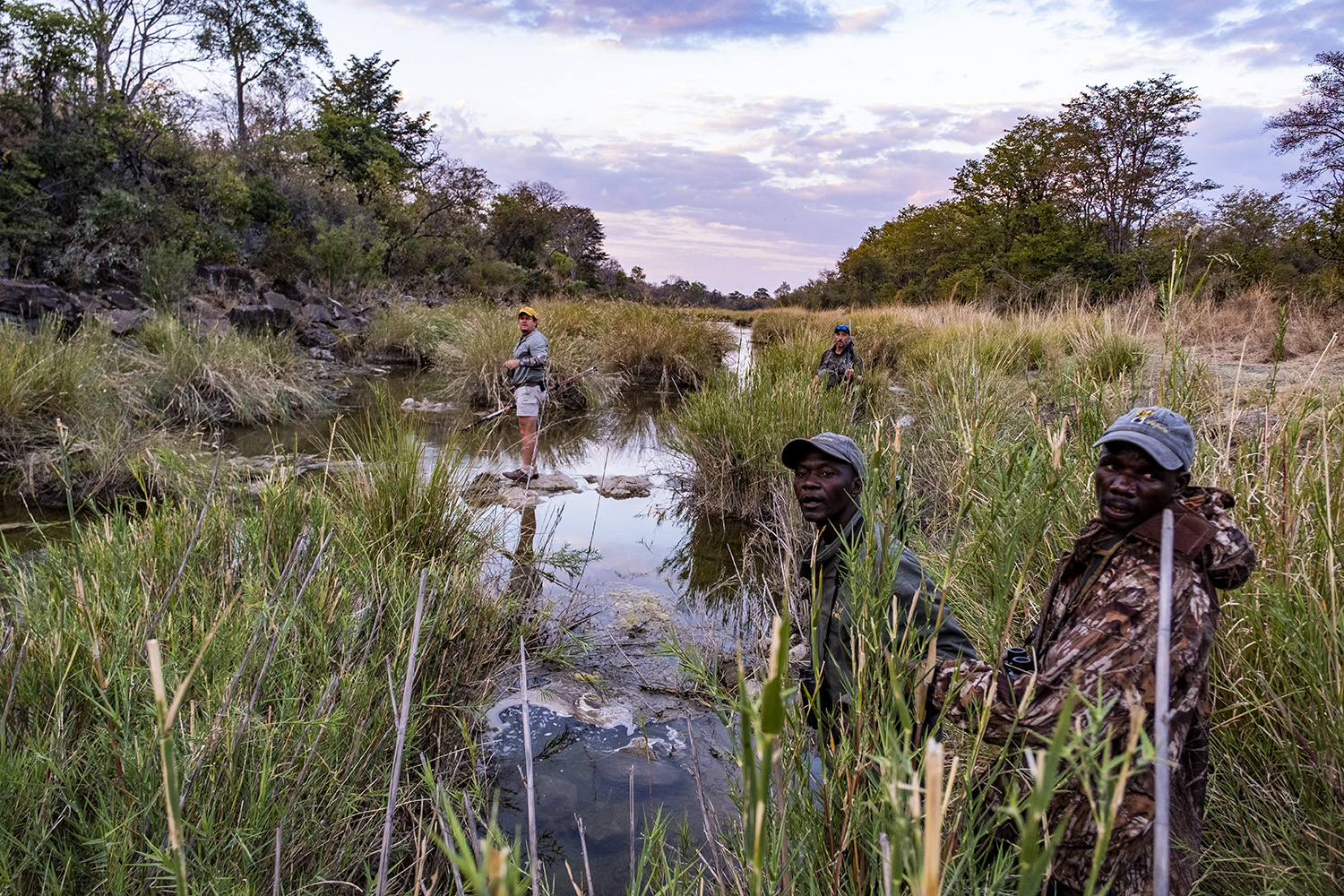
We found a spot in the sandy road where a herd had crossed in the night, and we prepared to follow. The trackers also found a fresh track from a male lion. It was so large that I could place one of my .375 H&H cartridges in the impression made by the center pad.
It took us a couple of hours, but we found the buffalo feeding in a vlei, which is Afrikaans for a marshy valley. They were mostly hidden in the tall grass and trees. Every now and then their black backs would appear, like a convoy of ships floating in a fogbank, as they grazed. We figured there were at least 200 in the herd. At times, I’d catch light glinting off their ebony horns, but from our vantage on the side of a hill, it was impossible to determine which might be a shooter.
“Let’s go down and see if we can find a grumpy old bull,” Rob said.
With the wind in our favor, we hiked into the flat and approached the buffalo. I had my .375 at the ready, and Rob carried his .470 NE Merkel double. It didn’t take long to catch up with the animals. As bad as the visibility was up above, we could barely see 15 feet in some spots in the vlei. Soon we were in their midst. Their guttural grunts came from all directions, and I could hear the rumbling of their stomachs. A flank would appear, or a flash of a crescent horn, disappearing almost as soon as we spotted it.
“Understandable why they call it adrenaline grass,” Rob whispered. “You walk right into each other. Gives the buffs a fright too.”
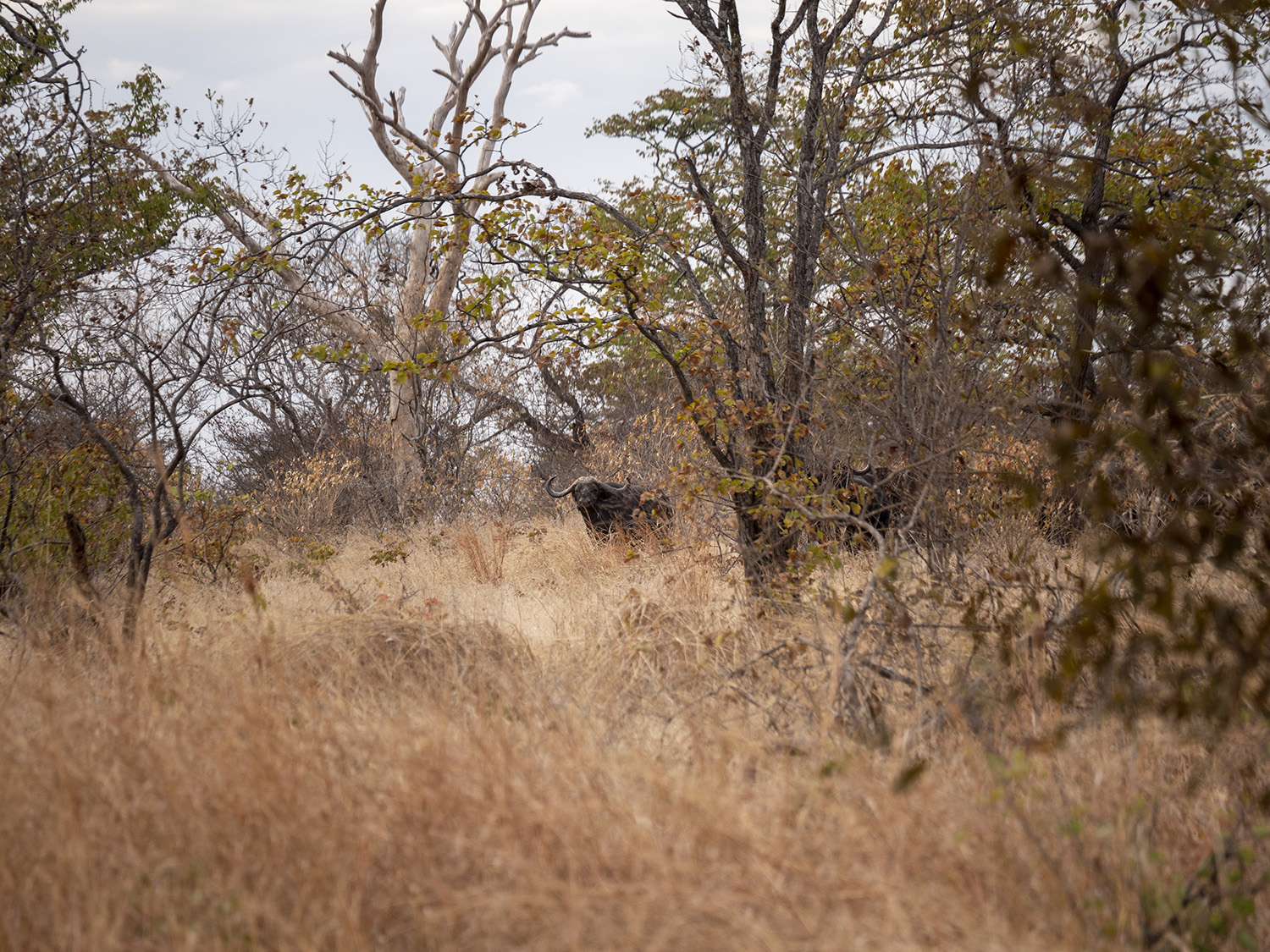
We played cat and mouse with the herd for hours but failed to get a clear look at a good bull. Rob spotted a tank of a dagga boy at one point, but we couldn’t get him in the open.
“They’re headed toward water. The river’s about a mile away. Let’s circle around and cut them off,” Rob said.
We posted up in a clump of trees next to a pool on the river. Most of the buffalo were crossing about 100 yards upstream, where the banks had eroded to a gentle slope. I could see a very good bull about 50 yards beyond the crossing, but he was packed in with others and never presented a shot. I also didn’t want to take one at that distance if I could avoid it. Too many things can go wrong with a 150-yard shot on dangerous game. You want them as close as possible.
Read Next: The 10 Best Dangerous Game Cartridges
Some buffalo drifted our way. A group on the far bank, about 40 feet from us, stared hard at our small group with a look of indifferent aggression. They couldn’t figure out what we were, but they hated us nonetheless.
Then buffalo approached on our side of the river. The bushes shook and, like a Vegas magic trick, there were three standing within 15 feet, making eye contact. I didn’t breathe or move for a brief eternity. They caught our wind and spooked.
We didn’t find the herd again for two days. Lions had chased them from the area.
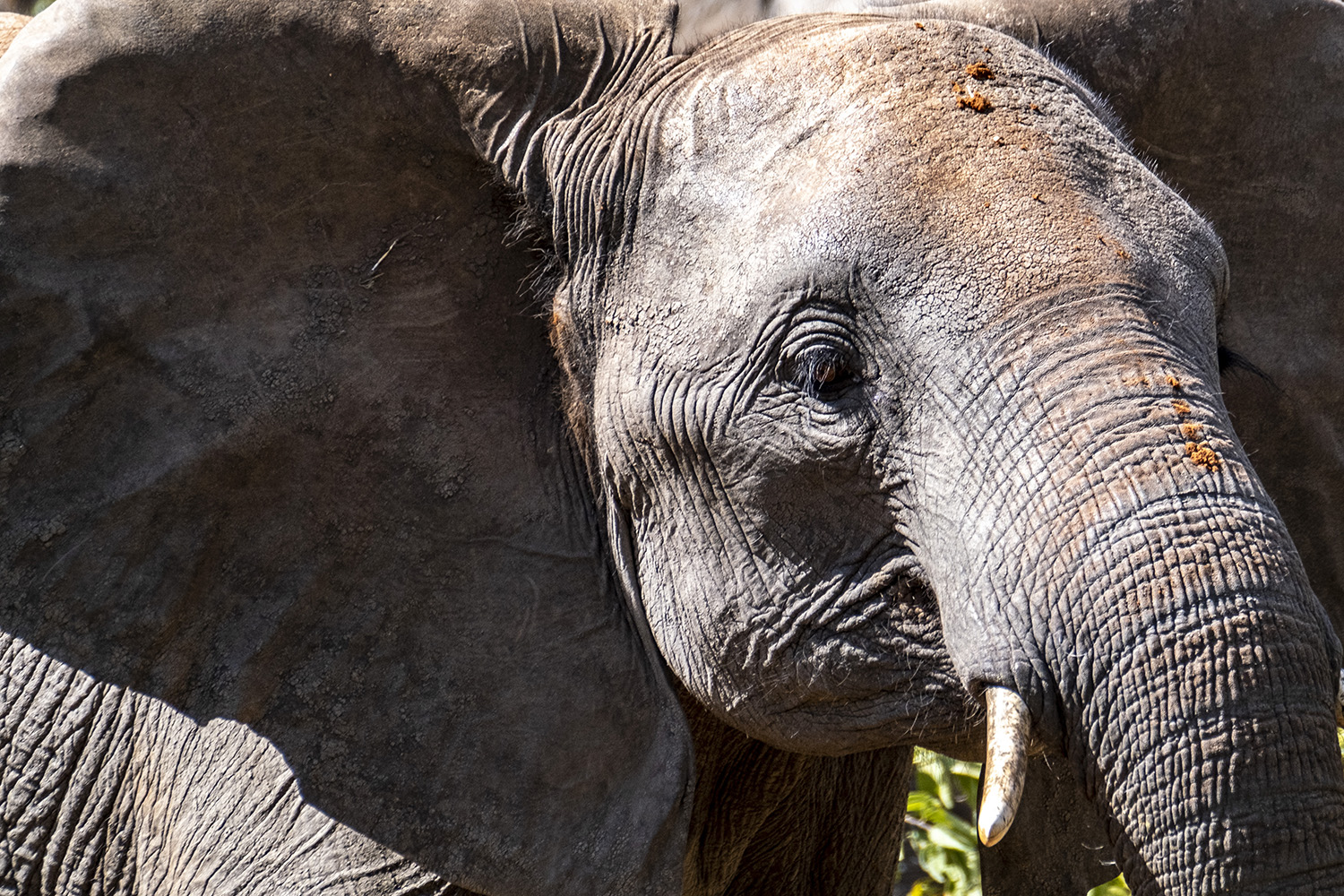
In the meantime, we looked for sables. Early the next day we spotted a herd with an impressive bull. Their dark coats, a mix of black and deep purple, stood out against the brown landscape. Some fidgety zebras were with them, as well as impala and giraffes. Lions make this a rough neighborhood, and there’s safety in numbers.
They were a couple of miles from us, and as we made our approach, the zebras spooked, and then all the critters bugged out. We followed the sables over the ridge and tried tracking them across the hardpan soil. We kept going for several miles but didn’t lay eyes on them again.
At night we heard hyenas singing their strange song of barks, yelps, chirps, and whoooops around our camp. They are one of three creatures that many African cultures regard with superstition. Their sloped backs and ability to mimic other animals give them an aura of the supernatural. Owls and chameleons are the others. The way chameleons change color and owls spin their heads around and hunt at night, which birds shouldn’t be able to do, are signs of devilry, according to tradition.
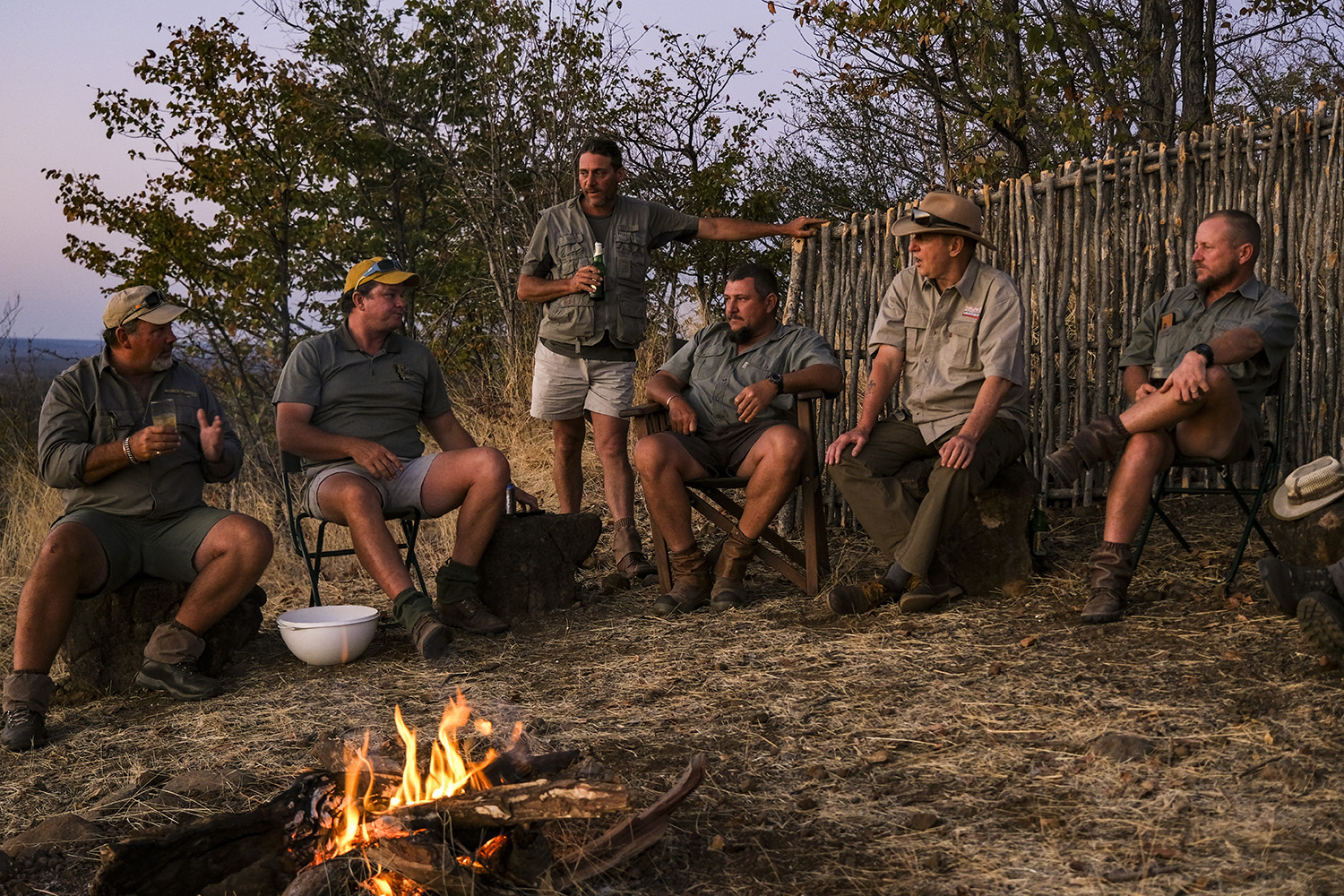
After three days the buffalo returned. We got back into the herd, playing hide-and-seek in the adrenaline grass. The bush was even thicker in this spot. At times our only visual cues were eruptions of oxpeckers bursting into the sky. Those birds congregate on buffalo, eating ticks and other parasites. When they took off, you could count on a buffalo being under their wings.
In the heat of the day, the buffs bedded down, and so did we. We backed out of the herd and lay down in the shade of a nearby mopani tree. I leaned my rifle against the trunk, keeping it close at hand. Though I had only iron-hard dirt for a pillow, I slept well.
When the buffalo started moving again, we resumed the stalk. We angled for a nearby tree that offered both cover and a bit of protection in case things got hairy. Rob climbed into the branches, looking surprisingly agile for a husky PH, and said the buffalo were headed our way.
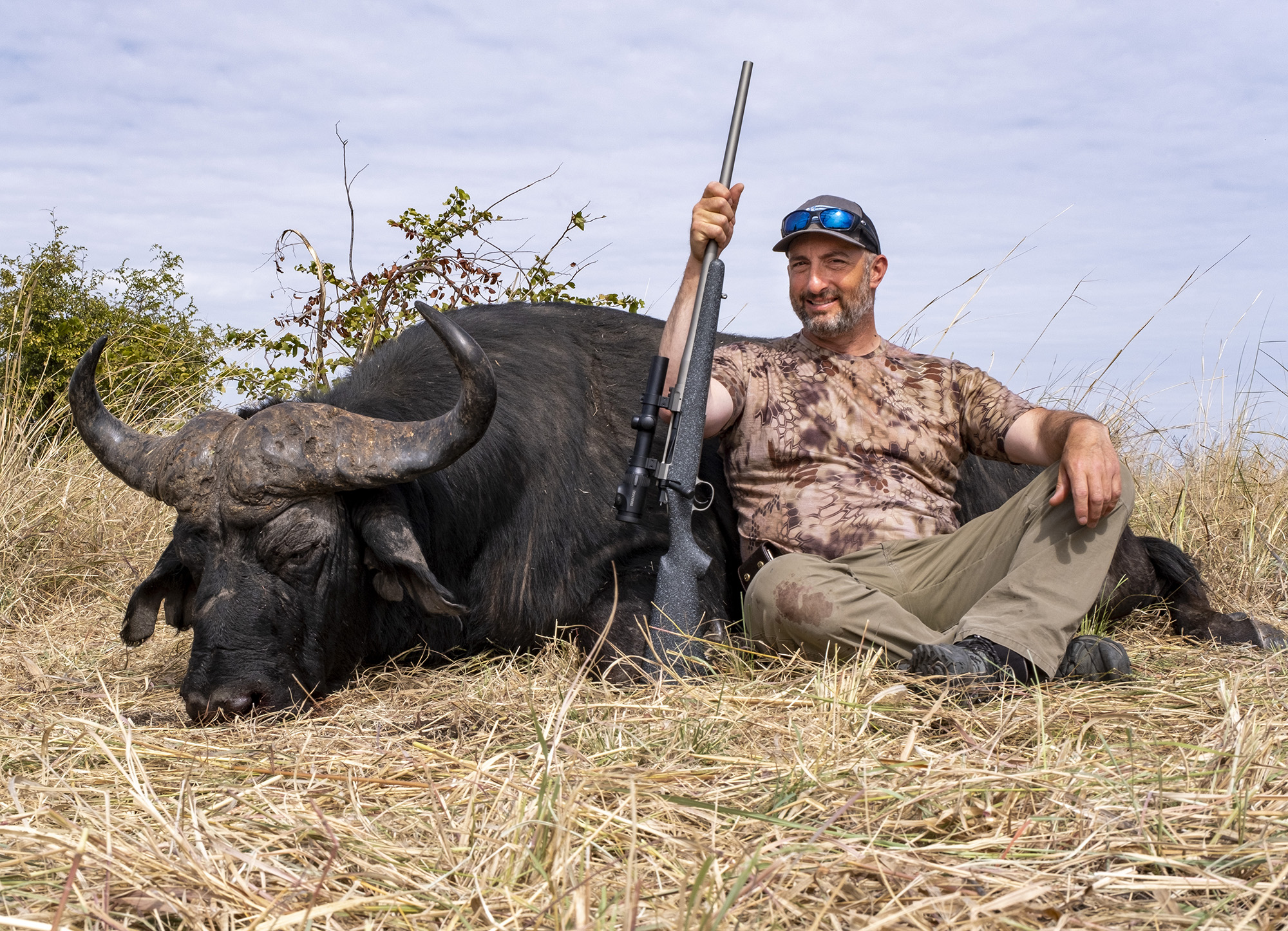
We finally caught a break, and an old bull stepped into the open 50 yards away. I put a shot into his ribs, and he trotted 15 yards and fell over dead.
Much is made of how tough buffalo are to kill, and it’s true. I’ve experienced it myself. They seem to require either one bullet or all that you’re carrying. We still didn’t take any chances. As I approached the bull, I put another shot into him for insurance, but he was as dead as they get.
Read Next: The Best Hunting Rifles, Tested and Reviewed
“That’s a proper dagga boy,” Rob said as we looked at the bull’s horns worn smooth with age and his battle-scarred hide that indicated he had fought lions more than once. As odd as it might sound to those who don’t hunt, a familiar feeling of gratitude washed through me for being a part of this noble creature’s life, even though I was the one who ended it.
We gutted the bull on the spot, and the trackers gathered up all the viscera. The only things we left were the contents of his stomach and a pool of his blood. An impressive number of vultures gathered, wheeling impatiently in circles above us, waiting. We’d hardly started driving off before the boldest landed to gobble the bits left behind.
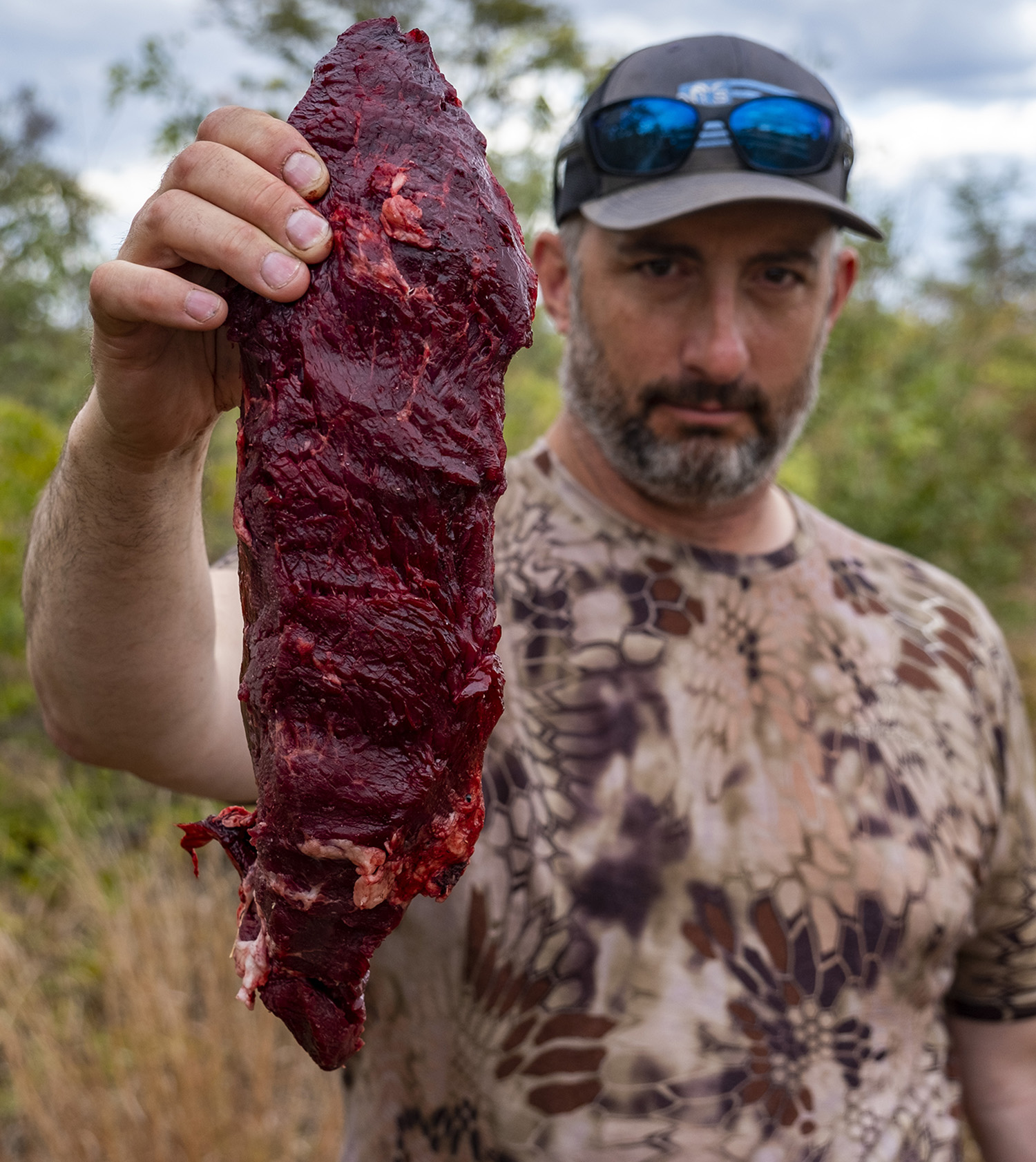
That night we feasted too, eating the bull’s liver and Africa’s version of Rocky Mountain oysters. Abe Smit, who ran the camp, took cuts of meat and tossed them into the flames in our fire pit. He turned them once, pulled them from the fire, and used a knife to scrape off the smoking coals. We grabbed slices of meat, hot and dripping, with our fingers and dipped them in a pile of salt on the cutting board and ate like kings.
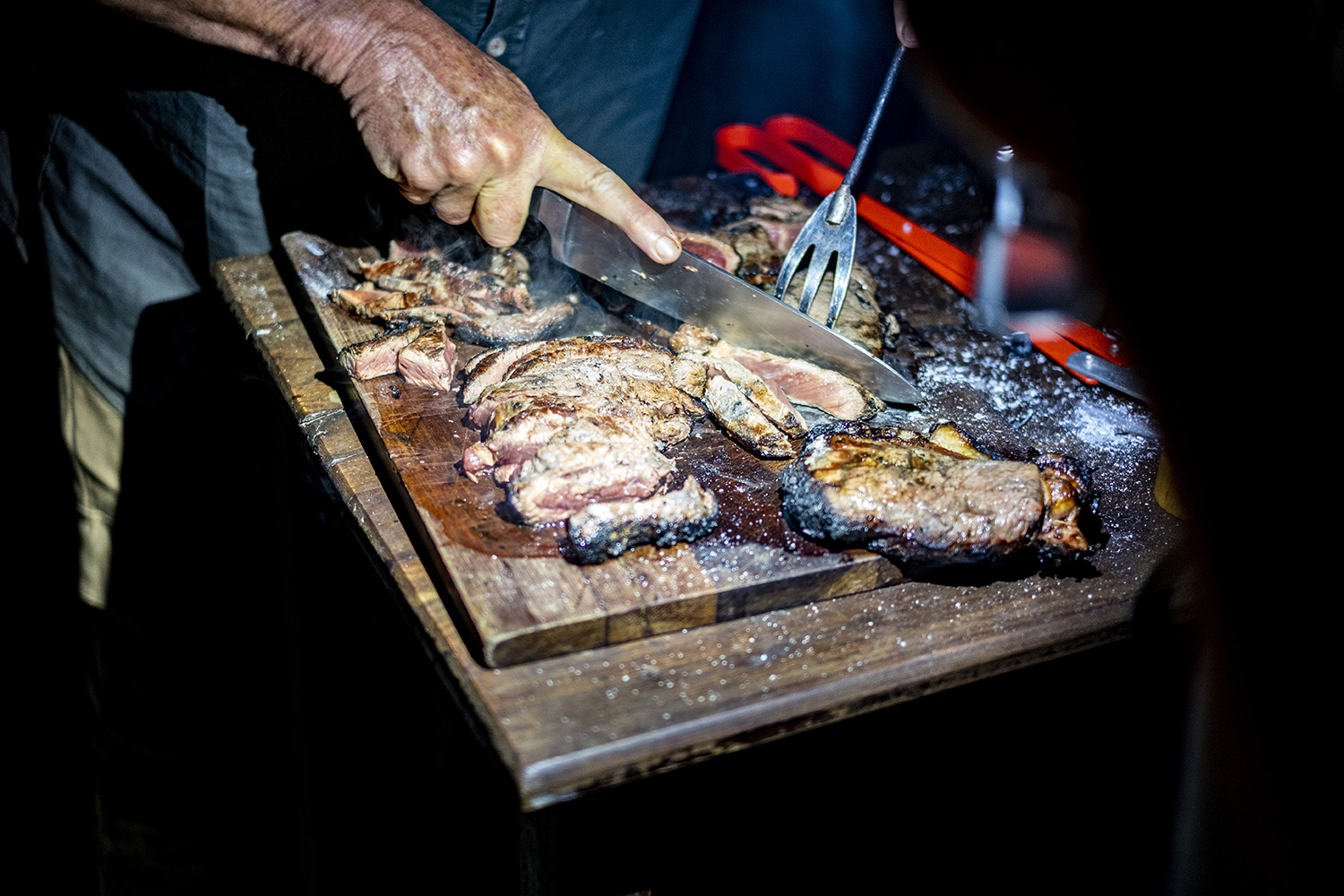
Jeff, Garret, and John all had animals down by this point, so over wine and gin and tonics we swapped tales and raised glasses to the hunt and to brotherhood as the Southern Cross and the other stars blazed and turned in their courses above our heads in the African night.
A Mother’s Love
Ultimately, after putting in many miles on foot and in the truck, I got my sable and a kudu and zebra as well. All the shots were quick, as is often the case in Africa. Evolution has taught these animals not to stand in one place too long. Our return to camp one evening showed why. We were driving down a wooded stretch of road near a dry riverbed. Teak trees and mopani cast long shadows across the sandy two-track. On our left we spotted two juvenile male lions, heads fringed with budding manes, padding silently through the brush. We stopped, and they stopped and turned to look, curious as, well, cats. Then we heard a growl behind us. Forty feet away was their mother, belly to the ground. A flick of her tail and she was coming, impossibly fast when you witness it up close. Rob had his Glock in hand. Not exactly a charge stopper, but sitting in the cab of a truck, you don’t have many options. The lioness pulled up short, but that combination of strength, stealth, and speed was something to behold. A shiver ran down my back.
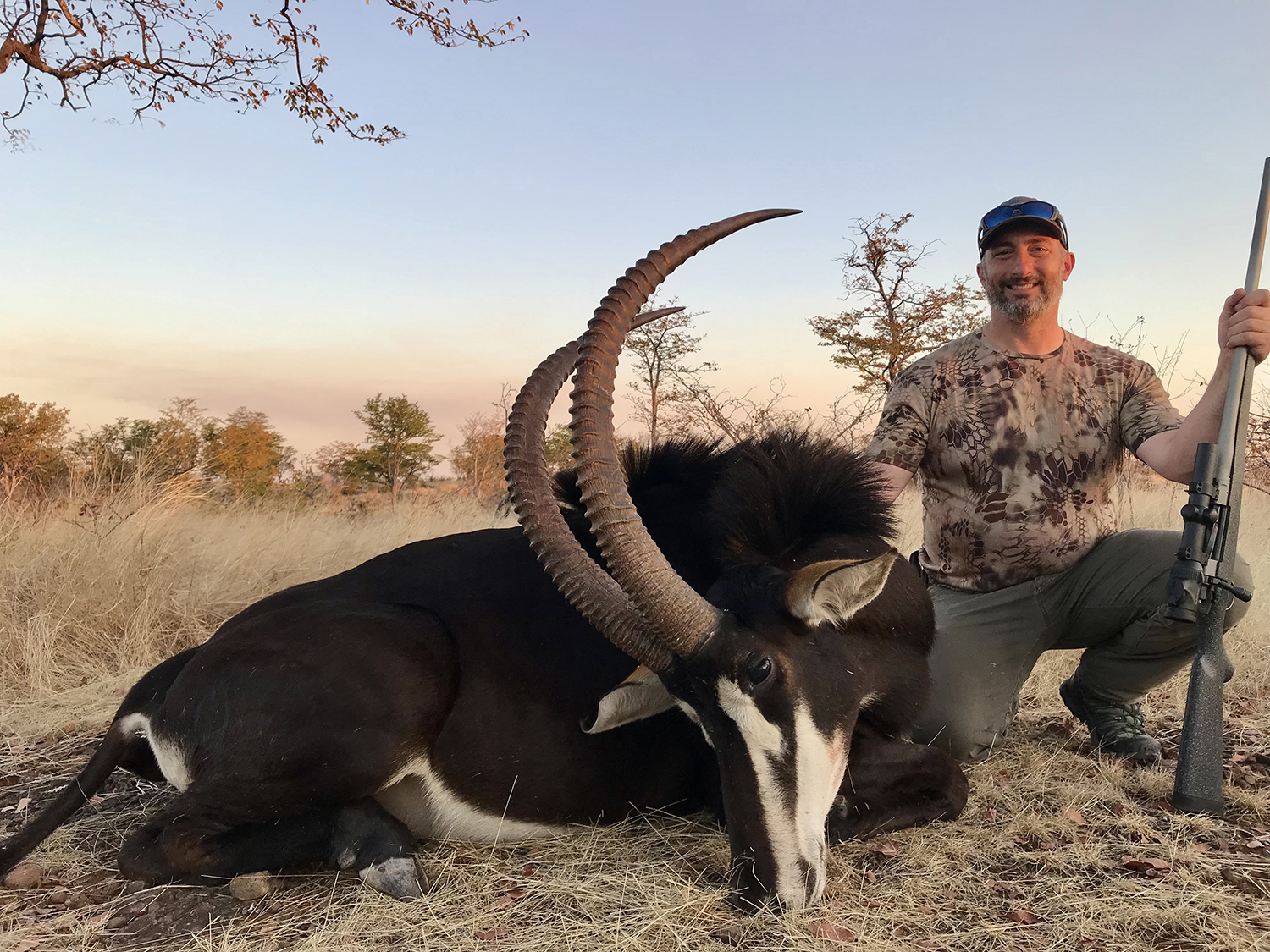
I shivered again just a couple of hours before boarding my flight home. I was standing on the edge of a cliff, watching the Zambezi tumble into the depths of the gorge at Victoria Falls. The Smoke That Thunders washed over me, drenching my body. It was a baptism more profound than anything a Southern preacher could hope to conjure. Africa is mother to us all, and her roar calls to us. Sitting in my wet clothes as the plane lifted off, I knew I would return to her someday, as I’ve done over the years, again and again.
This story first ran on Dec. 27, 2021.

